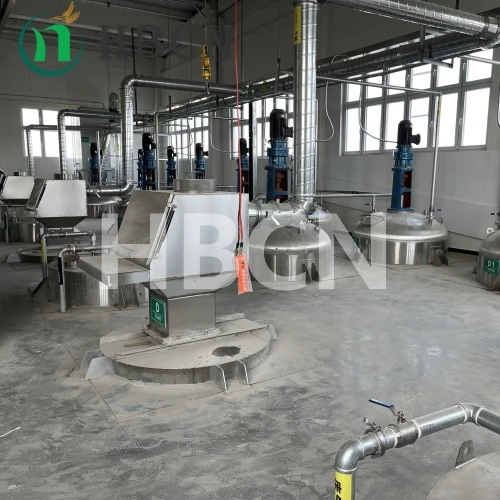
Aug . 13, 2024 15:02 Back to list
Effective Usage and Application Guide for Abamectin 3.2% EC in Agricultural Practices
Understanding Abamectin 3.2% EC Applications and Benefits
Abamectin 3.2% EC, a potent insecticide and acaricide, is widely used in agricultural practices to control a variety of pests. Derived from the fermentation products of the soil bacterium *Streptomyces avermitilis*, abamectin is known for its efficacy against a broad spectrum of insects and mites that pose threats to crop production. This article will delve into the applications, benefits, and safe usage of Abamectin 3.2% EC in agricultural settings.
Applications of Abamectin 3
.2% ECAbamectin 3.2% EC is particularly effective against pests such as spider mites, aphids, whiteflies, and thrips. It is commonly used in various crops, including vegetables, fruits, and ornamental plants. The product targets pests during their feeding activity, effectively paralyzing them and leading to their eventual death. This insecticide works through a dual mechanism it disrupts the transmission of nerve impulses in pests, causing paralysis, and it also inhibits their ability to feed.
Due to its systemic activity, Abamectin 3.2% EC can be absorbed by plants, providing lasting protection against pest infestations. The product is typically applied as a foliar spray, ensuring that both the upper and lower surfaces of the leaves are adequately treated. Timing the application is crucial, as targeting pests early in their lifecycle can significantly enhance the effectiveness of the treatment.
Benefits of Using Abamectin 3.2% EC
One of the primary benefits of using Abamectin 3.2% EC is its ability to control resistant pest populations. Many traditional insecticides have led to the development of resistance among target pests, making them less effective over time. Abamectin, with its unique mode of action, can effectively combat these resistant species, providing growers with a reliable solution for pest management.
abamectin 3.2 ec service

Another advantage is its safety profile. Abamectin is selectively toxic, meaning it targets pests while posing minimal risk to beneficial insects, such as bees and ladybugs, when used according to label directions. This selectivity helps maintain the ecological balance in agricultural environments, promoting the presence of natural predators that can further assist in pest control.
Additionally, its residual activity ensures prolonged protection, reducing the need for frequent applications. This not only lowers labor costs but also minimizes chemical input, making it a more sustainable option for pest management.
Safe Usage and Considerations
While Abamectin 3.2% EC is an effective tool for pest management, it is essential to use it responsibly. Farmers and applicators must adhere to the recommended dosages and application guidelines specified on the product label to prevent adverse effects on crops and the environment. Protective gear should be worn during handling and application to ensure safety.
It is also advisable to rotate Abamectin with other classes of insecticides to mitigate the risk of resistance development further. Integrated Pest Management (IPM) strategies can enhance the effectiveness of Abamectin by combining it with cultural, physical, and biological controls.
In conclusion, Abamectin 3.2% EC serves as a valuable asset in the agricultural arsenal against pest threats. Its efficacy, safety, and residual activity make it a preferred choice for growers aiming to protect their crops while promoting environmental sustainability. By employing best practices for its usage, farmers can achieve effective pest management, ultimately leading to increased yield and quality of produce.
-
Azoxystrobin: Broad-Spectrum Fungicide Solutions
NewsAug.11,2025
-
Best EPA Boscalid: Superior Crop Fungicide for Max Yields
NewsAug.11,2025
-
Best Willowood Imidacloprid: Superior Pest Control Solutions
NewsAug.10,2025
-
Best EPA Boscalid Fungicide: Ultimate Crop Protection
NewsAug.09,2025
-
Cyprodinil Fungicide: Broad-Spectrum Crop Protection
NewsAug.08,2025
-
Tembotrione Herbicide: Advanced 8% OD for Broad Spectrum
NewsAug.07,2025
